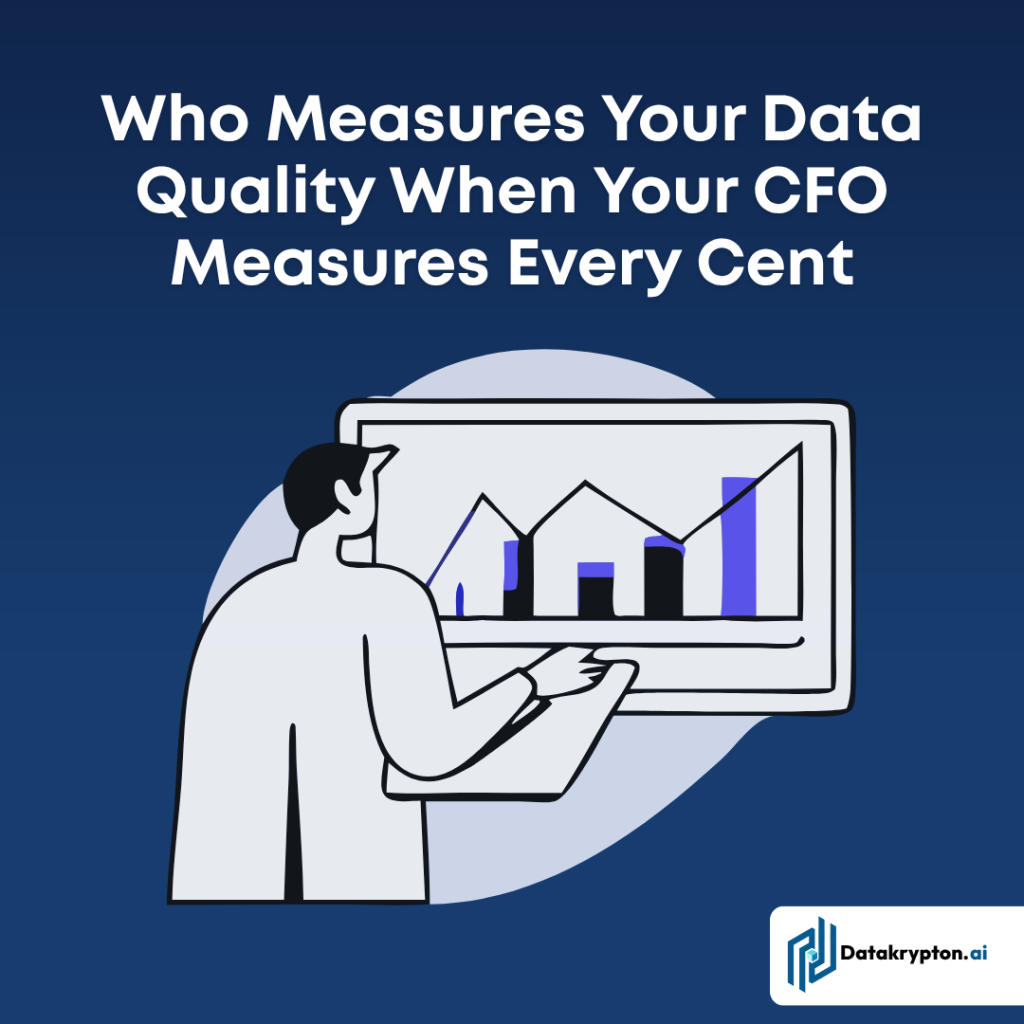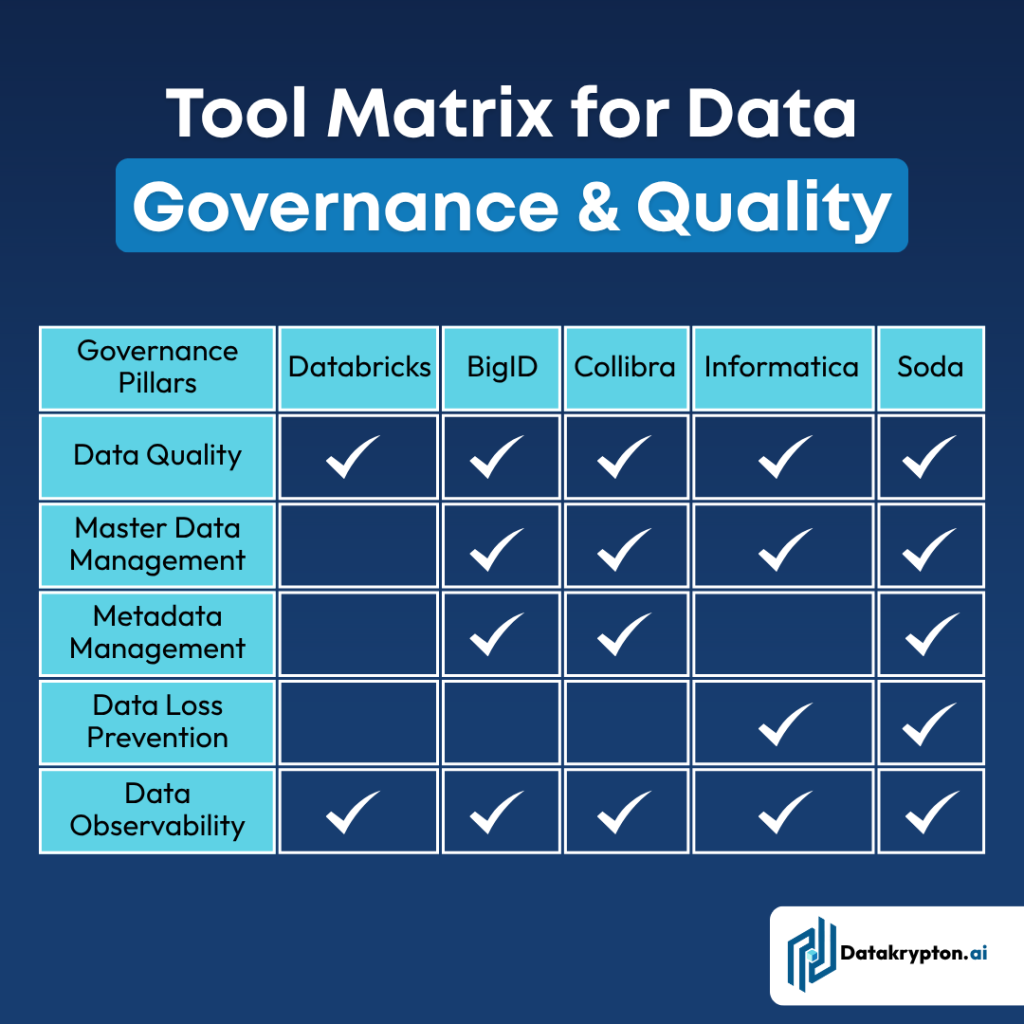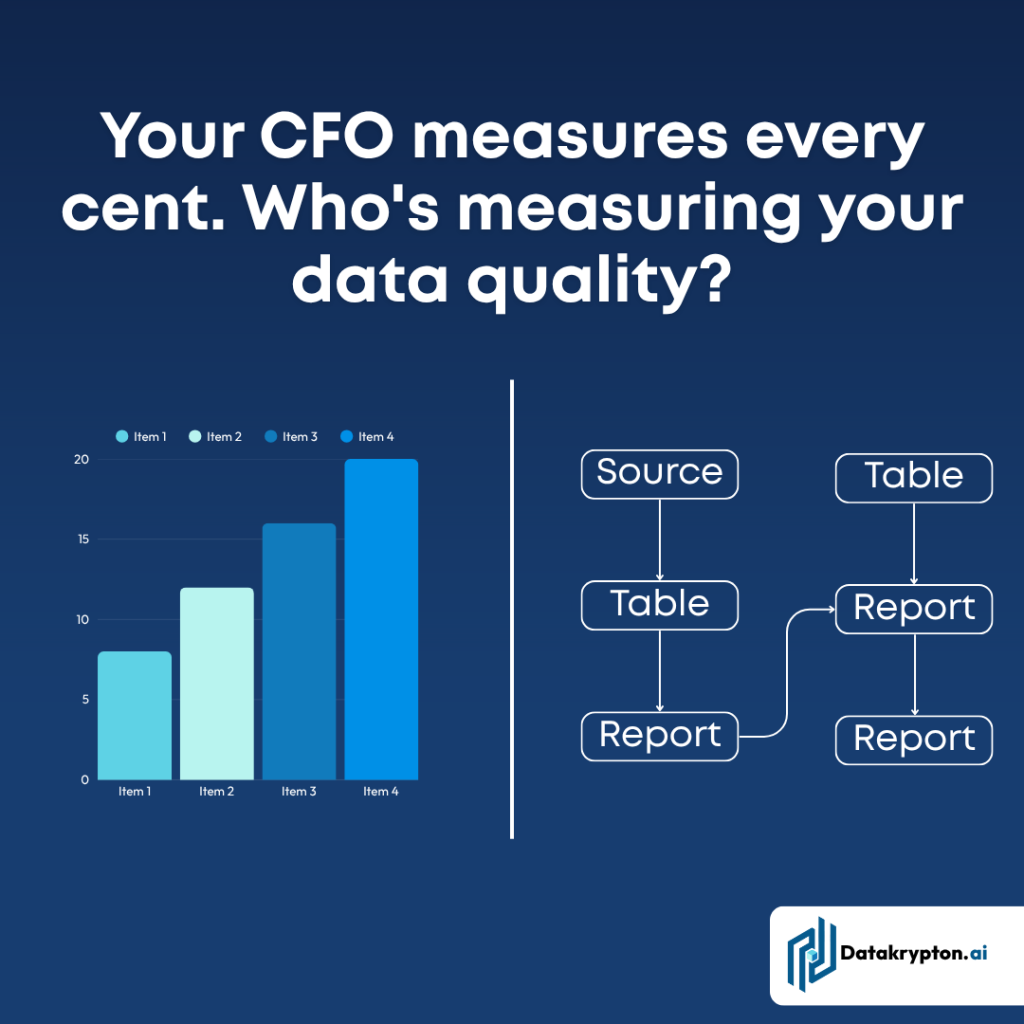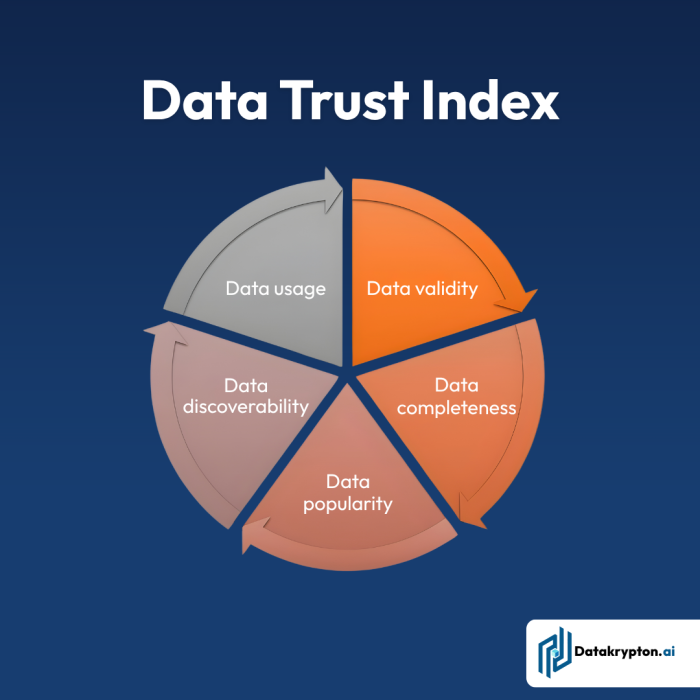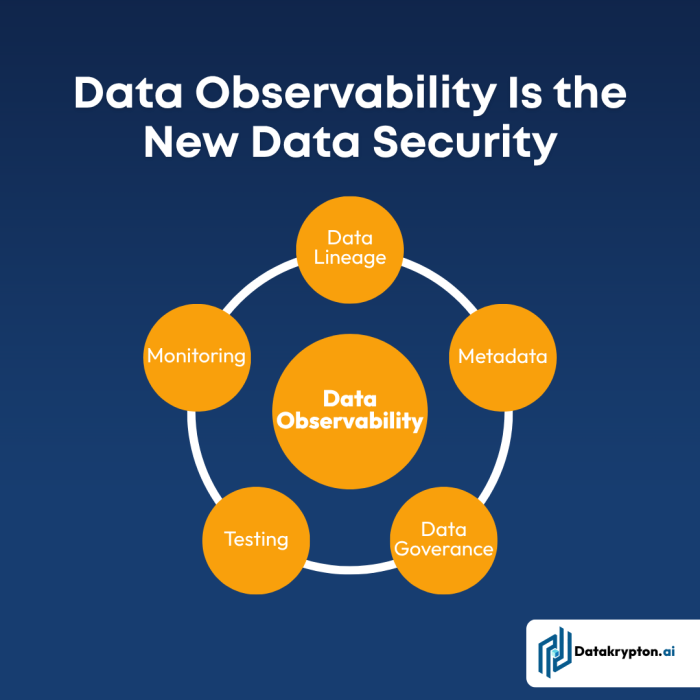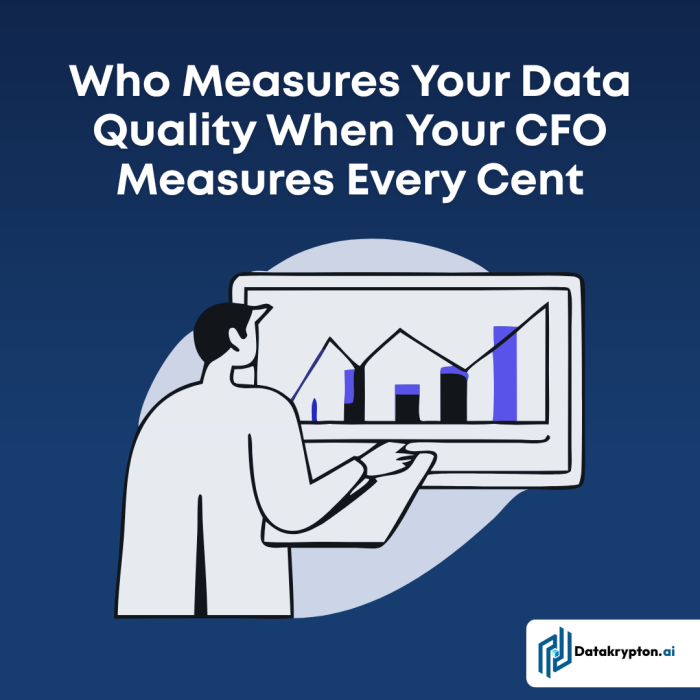One paper extends classical frameworks by adding dimensions such as usefulness, governance, semantics, and quantity to capture more business relevance.
Data Lineage, Audit Trails, and Traceability
Every data point flowing into dashboards or analysis should be traceable to its origin. Every transformation should be logged. That gives confidence and also helps you diagnose errors when they occur.
Automated Monitoring & Profiling
You do not catch every issue by manual reviews. Organizations use data profiling tools, automated quality checks, alerts, and thresholds to monitor data continuously. In a survey of 667 tools the authors categorize functionality into data profiling, metric measurement, and continuous monitoring.
Data Governance Roles
You need clearly defined roles: data stewards, data owners, data custodians, governance committees. Without accountability no amount of tooling will stick.

